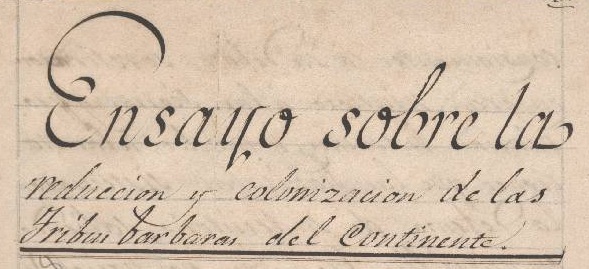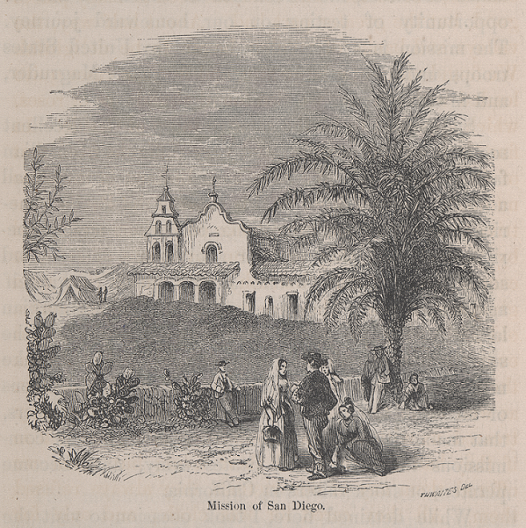| << Chapter < Page | Chapter >> Page > |
European powers employed Spanish missions as frontier-building institutions, a term that refers to those institutions that developed and expanded the frontier (See Herbert E. Bolton’s “The Mission as a Frontier Institution in the Spanish-American Colonies”). Working along the frontier and throughout New Spain, missionaries help to establish the new colonial order, and, in so doing, influenced the colonial economies. This module offers suggestions for educators teaching units on colonial beginnings in Spanish America. The module’s themes include religion, politics, and colonial economies. A document in the ‘Our Americas’ Archive Partnership , Francisco Frejes's "Essay on the Conversion and Colonization of the Continent’s Barbaric Tribes," provides a helpful way to introduce students to the history of Spanish missions and the relationship between religion, economics, and politics in the colonization of the Americas.
Francisco frejes's "essay on the conversion and colonization of the continent’s barbaric tribes”

In discussing the political and economic sides of Spanish imperialism, educators might begin with the following question and return to it after they present their material: How did missions act as political and economic institutions for imperial Spain? Reviewing the transatlantic beginnings of Spain, educators can show how religious, political, and economic resources were channeled from the Iberian Peninsula to the New World in 1492. After the Spanish Reconquista and Inquisition, Spain turned its attention toward the conversion of natives. Colonizers worked to establish and fund institutions that would ensure Catholic success and expand Spanish territorial and political dominion in the Americas. The Spanish state was charged with the promotion of the Catholic Church in the Americas, creating and subsidizing 6 ecclesiastical provinces, 32 dioceses, 60,000 churches and 400 monasteries during its first century of colonization (Rivera 46).
Mission san diego

Emphasizing the economic aspects of the mission can help students to understand how the mission helped to develop and colonize American territories. Mission economies, specifically those on the northern frontier of New Spain, received royal subsidies to finance the missions; missionaries used this money to fund mission programs and provide for their new converts (Jackson 113). Teachers could ask students to research a specific mission area, such as the Baja California missions, the Texas missions around San Antonio, or the missions in New Mexico. Each mission’s economy developed through different economic and labor patterns that reflect the locaiton in which they were founded. Teachers can also direct students to Frejes’s discussion of the economic relationship between the Spanish state, its American missions, and the Catholic Church. Frejes states:

Notification Switch
Would you like to follow the 'Catholic missions and spanish colonialism' conversation and receive update notifications?